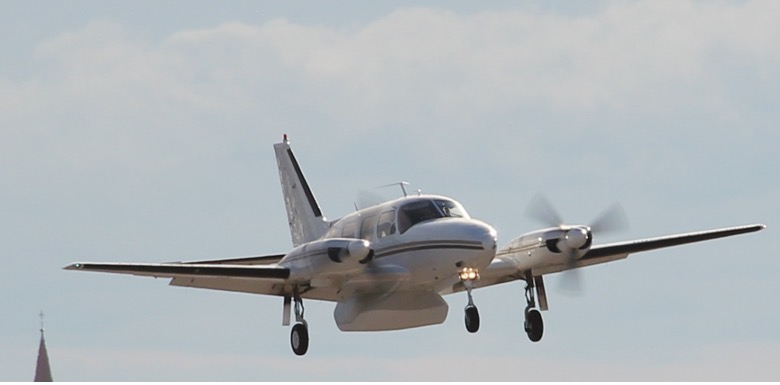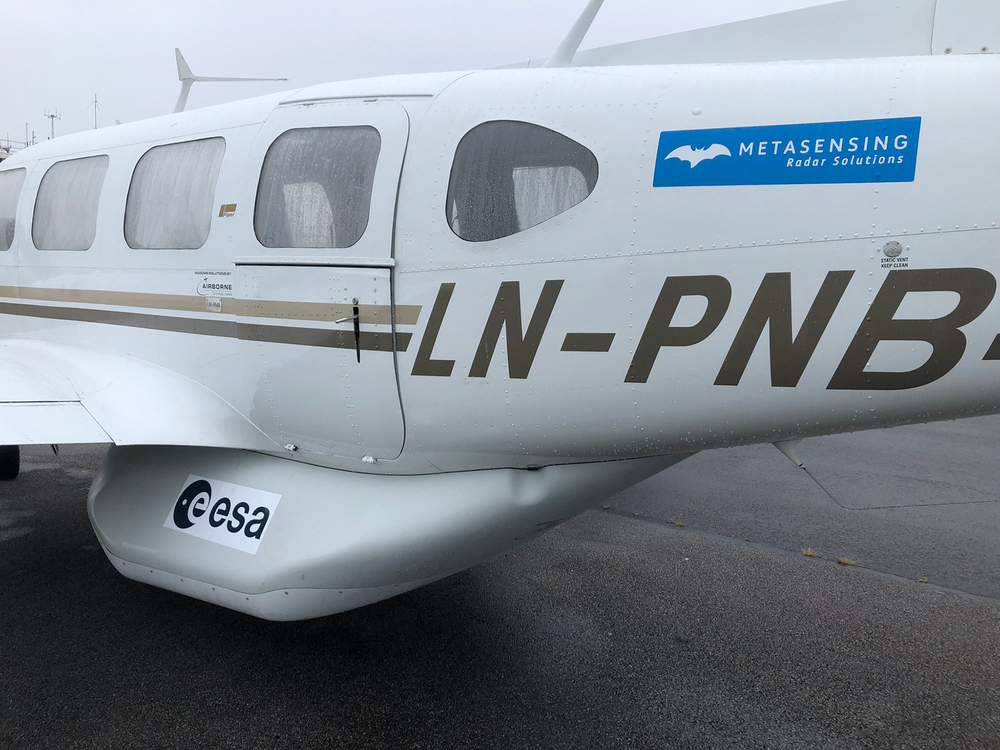OSCAR (Ocean Surface Currents Airborne Radar Demonstrator) is a Ku-band (13.5 GHz) single-pass along-track airborne interferometric synthetic aperture radar (InSAR) demonstrator developed by MetaSensing within the framework of a European Space Agency funded project for the observations of ocean surface motion and wind retrieval. The OSCAR instrument is developed with the observation parameters which directly relate to a potential satellite mission for mesoscale (10 -100 km) measurements of ocean surface currents in the open ocean and coastal regions.
Monitoring ocean circulation at high resolution in both space and time is of paramount importance for understanding and modelling the ocean-atmosphere climate system, especially in coastal areas.
OSCAR instrument is tailored to the observations of ocean surface motion by means of interferometry and wind retrieval by means of scatterometry. It has a 0-Doppler scatterometric beam and two complementary line-of-sights (±45 degrees off broadside) single-pass along-track interferometric SAR for measuring 2D ocean surface movement velocity and surface wind speed.
The first scientific campaign with the OSCAR system has been successfully executed by MetaSensing between 17 and 26 May. 2022. This first data collection was performed in Brest, over ocean areas, Iroise Sea, France, with OSCAR in support of the ESA SeaSTAR EE11 candidate mission. Brest area is known for strong tidal currents, making measurements taken here scientifically interesting.
The OSCAR system features a 3-axis stabilizer to ensure constant antenna pointing and baselines that do not change with the aircraft attitude variations, therefore accurate retrieval of 2D ocean surface currents and wind field vector will be possible thanks to the high stability of the instrument.
Below some images related to the campaign carried out with some details.

Fig 1 : View from the aircraft during the Brest Campaign execution.

Fig 2 : Flight path during the Brest campaign execution.


Fig 3 : The aircraft and belly pod where the the OSCAR system and gimbal are installed.

Fig 4 : View of the OSCAR antennas (0 degree Doppler and +/- 45 degrees off broadside two complementary line-of-sights) installed on a dedicated frame.

Fig 5 : SAR images from the +45 degrees off broadside, 0 degrees and -45 degrees off broadside antennas.

Fig 6 : First Along Track Interferogram (ATI) derived from the Brest campaign data.
ACKNOWLEDGEMENTS
The work described in this paper and performed by MetaSensing, as prime contractor, is carried out within the framework of the ESA contract number 4000116401/16/NL/BJ.
Follow us on Linkedin: https://www.linkedin.com/company/metasensing
For more information please send an email to info@metasensing.com
